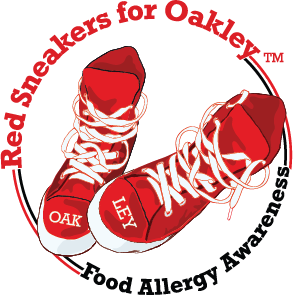Anaphylaxis Cofactors
There are many cofactors that can come into play that may cause an allergic reaction to escalate into anaphylaxis. The so-called accompanying factors may explain why an allergen can either be tolerated or trigger a mild reaction or, in the same patients, induce severe anaphylaxis.
In the presence of cofactors, reactions become more severe and/or the amount of allergen eliciting the allergic reaction can be lower. According to published data, the presence of those accompanying factors occurs in up to 30% of episodes of anaphylaxis. Researchers have postulated three categories of risk factors for anaphylactic reactions:
1️⃣ The augmenting factors, which influence the immunological mechanism, such as:
physical exercise
acute infections
illness
drugs [non-steroidal anti-inflammatory drugs (NSAIDs) beta blockers, antacids]
alcohol
menstruation
Exercise is involved up to 10% of anaphylactic reactions, being one of the more frequent augmenting factors. Alcohol is involved in up to 15% of cases of anaphylactic reactions according to some series, independently of their severity. Although, the underlying mechanisms are not well established, alcohol may increase allergen absorption.
2️⃣ Concomitant diseases, which are associated with more severe reactions and/or increased mortality, such as:
asthma
mastocytosis
cardiovascular disease
3️⃣ Psychological co-factors like:
emotional stress
sleep deprivation or tiredness
extreme air temperatures (heat and cold)
age
eating on an empty stomach
Just because prior reactions may not have escalated into anaphylaxis, do not become complacent about how the body might react if and when it is exposed to a food allergen. Look for signs and symptoms. And do not delay in reacting and giving epinephrine if multiple symptoms are present.
Source: Mechanisms, Cofactors, and Augmenting Factors Involved in Anaphylaxis
https://www.ncbi.nlm.nih.gov/pmc/articles/PMC5623009/
